Understanding Learning Styles in Early Childhood
How to Support Every Child’s Growth
Every child learns in their own unique way and understanding different learning styles can help parents and teachers provide the best support for a child’s development. In early childhood, when learning is rapid and foundational, recognizing how a child absorbs information can make a huge difference in their success both in the classroom and at home.
Here are the most common learning styles in early childhood and how parents and teachers can adapt to each one:
Visual Learners
Visual learners process information best when they can see it. They prefer to observe and learn through images, charts, diagrams, or videos. These children tend to notice details in their environment, like colors and shapes, and they often enjoy drawing, painting, and looking at pictures.
How to support visual learners:
- Use visual aids, like flashcards, picture books, or posters, to teach concepts.
- Encourage drawing or making mind maps to organize thoughts.
- Incorporate videos and demonstrations into learning activities.
Auditory Learners
Auditory learners thrive when they can hear information. They prefer listening to explanations, discussions, and storytelling. These children often enjoy music, repeating what they’ve heard, and participating in verbal exchanges.
How to support auditory learners:
- Read aloud to them regularly and encourage storytelling.
- Use rhymes, songs, or chants to reinforce lessons.
- Allow them to participate in group activities that involve speaking and listening.
- Give verbal instructions and have them repeat what they’ve heard to reinforce understanding.
Kinesthetic Learners
Kinesthetic learners learn best through movement and physical activity. They prefer hands-on experiences, where they can touch, manipulate, and engage with materials. These children often find it difficult to sit still for long periods and may enjoy activities that involve building, creating, or physical games.
How to support kinesthetic learners:
- Incorporate hands-on activities like building with blocks, using puzzles, or crafting.
- Allow them to move while learning, such as through dancing, acting out stories, or using educational games that involve physical engagement.
- Break up lessons with movement-based activities to help maintain their focus.
- Use sensory materials like sand, playdough, or water to explore concepts.
How Parents and Teachers Can Adapt to Multiple Learning Styles
Understanding that each child has a unique learning style allows parents and teachers to create a more personalized learning experience. However, many children don’t fit neatly into one category. Most have a blend of learning styles, which means it’s important to offer varied teaching methods to engage all learners.
At home:
Parents can observe how their child prefers to play and interact with their surroundings to better understand their learning style. Offering a range of activities—such as reading, drawing, building, or singing—can provide insight into what excites and engages them the most.
In the classroom:
Early Achievers Hawaii teachers aim for a balanced approach that includes visual, auditory, and hands-on activities in daily lessons. This ensures that each child gets the opportunity to learn in a way that suits them best. Group activities that blend multiple learning styles can also be effective, allowing children to learn from each other while engaging in different modes of learning.
The Importance of Flexibility
The key to supporting early childhood development is flexibility. Children’s learning styles can evolve as they grow, and what works today may change tomorrow. By being observant and responsive to each child’s needs, parents and teachers can help foster an environment where every child has the tools and opportunities to thrive.
Understanding learning styles in early childhood is essential for supporting children’s growth. Whether they are visual, auditory, kinesthetic, or reading/writing learners, recognizing how each child learns allows parents and teachers to adapt their approach. By providing a variety of learning experiences and being flexible in their methods, adults can help children develop the skills and confidence they need to succeed both in school and beyond. Visit us at Early Achievers Preschool Hawaii today and learn how you can get started on your child’s learning journey!
At Early Achievers Preschool we cultivate young minds
Enroll your child with us and witness them flourish in a nurturing, achievement-driven atmosphere!

